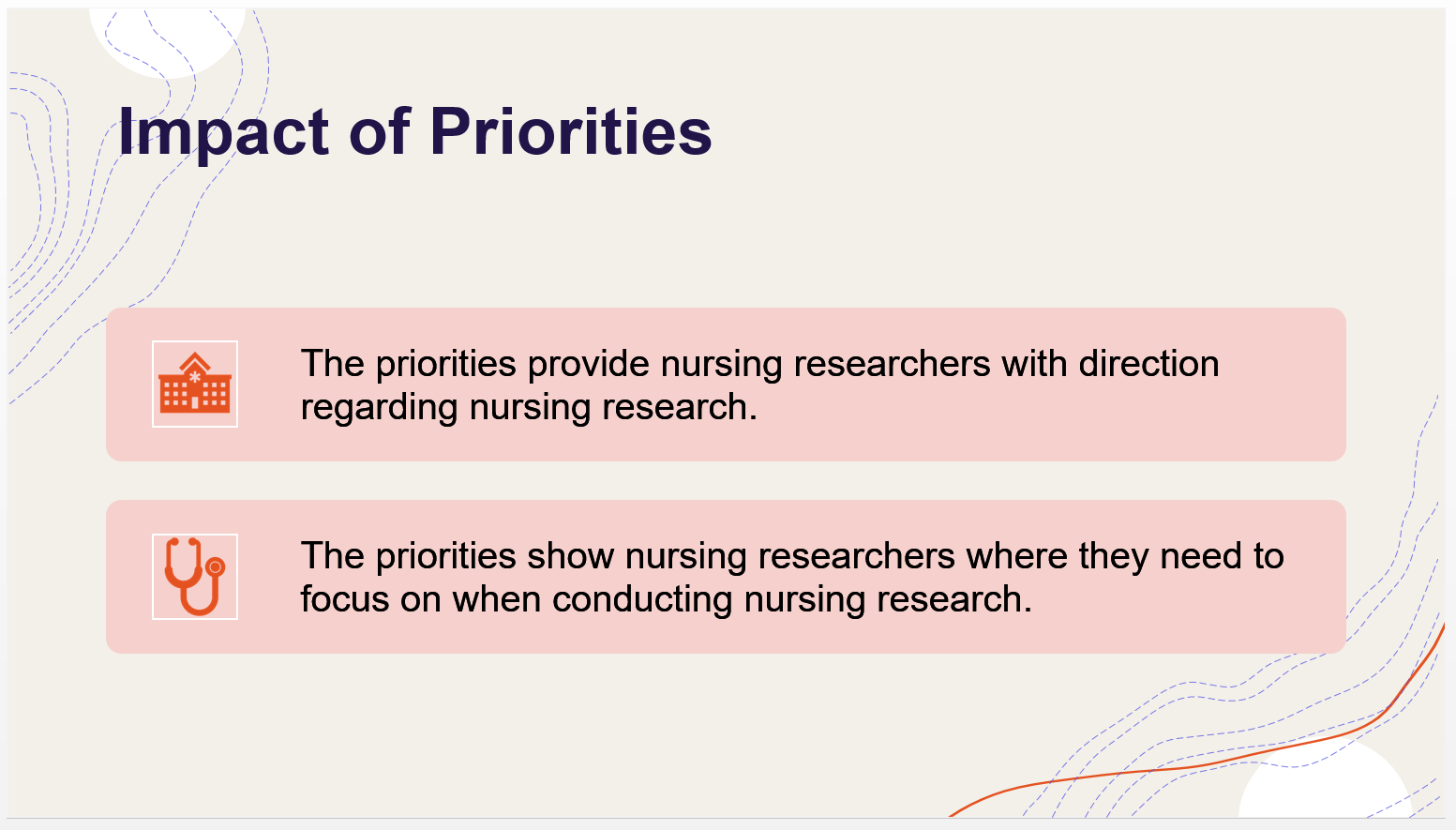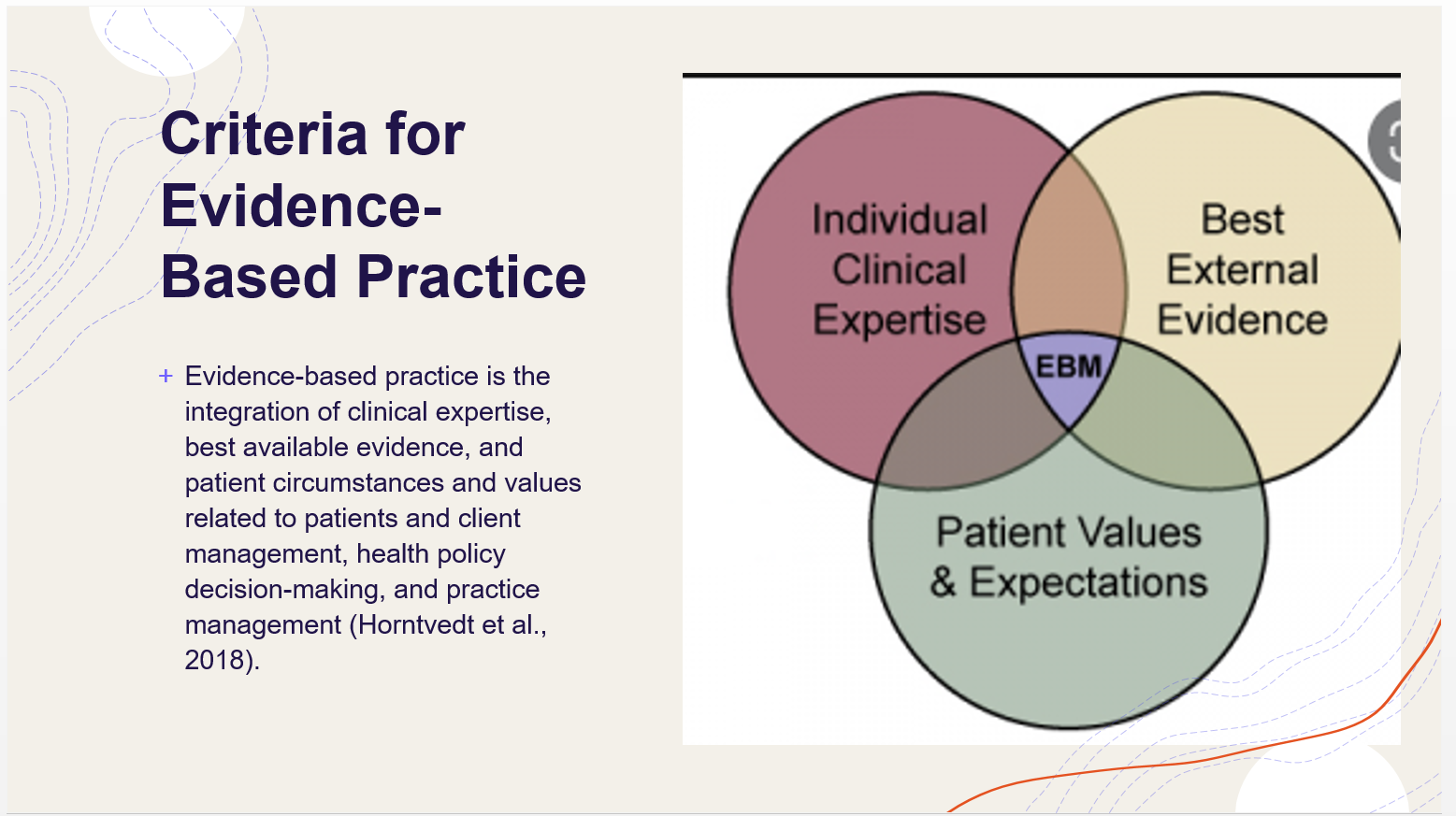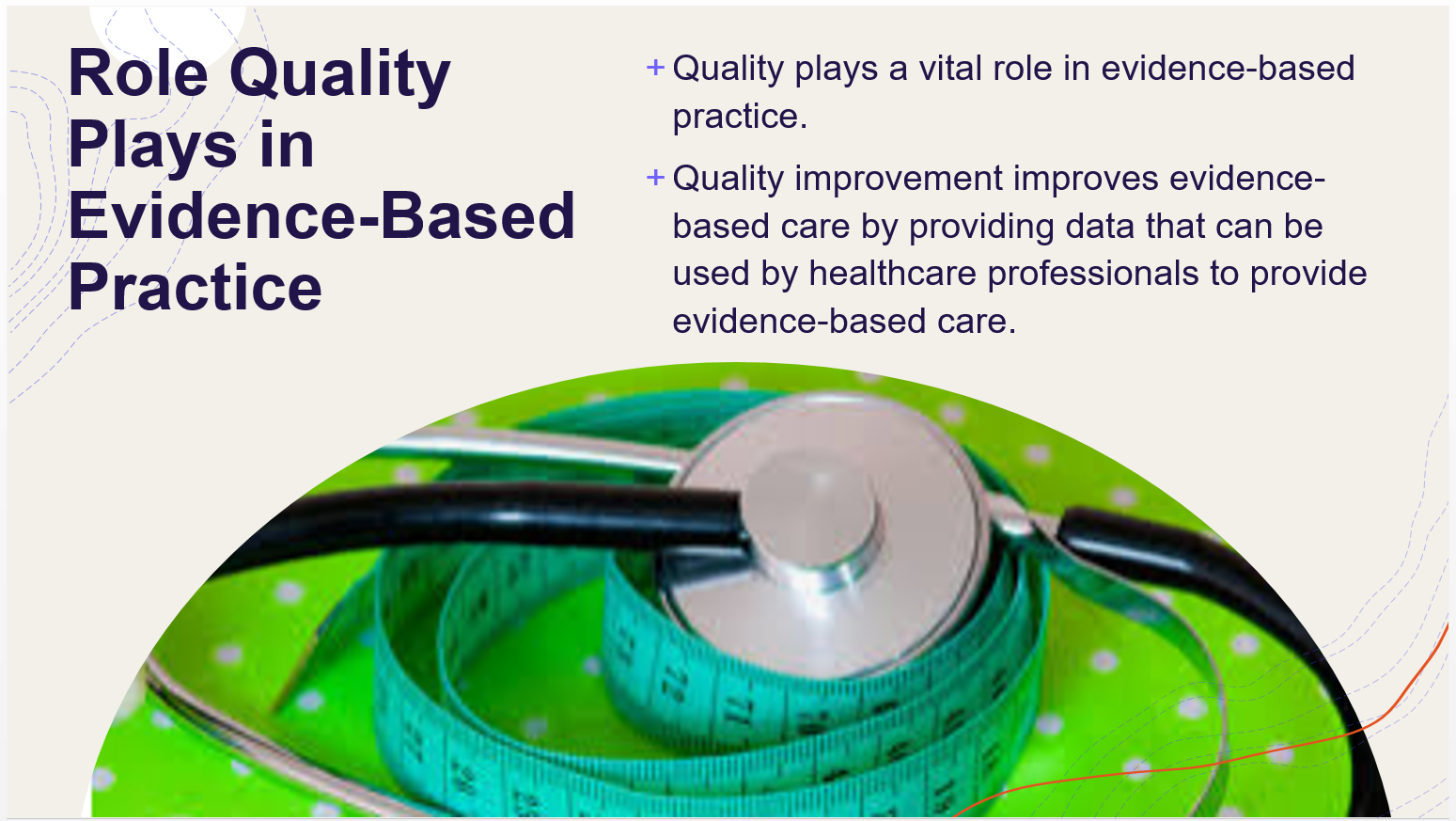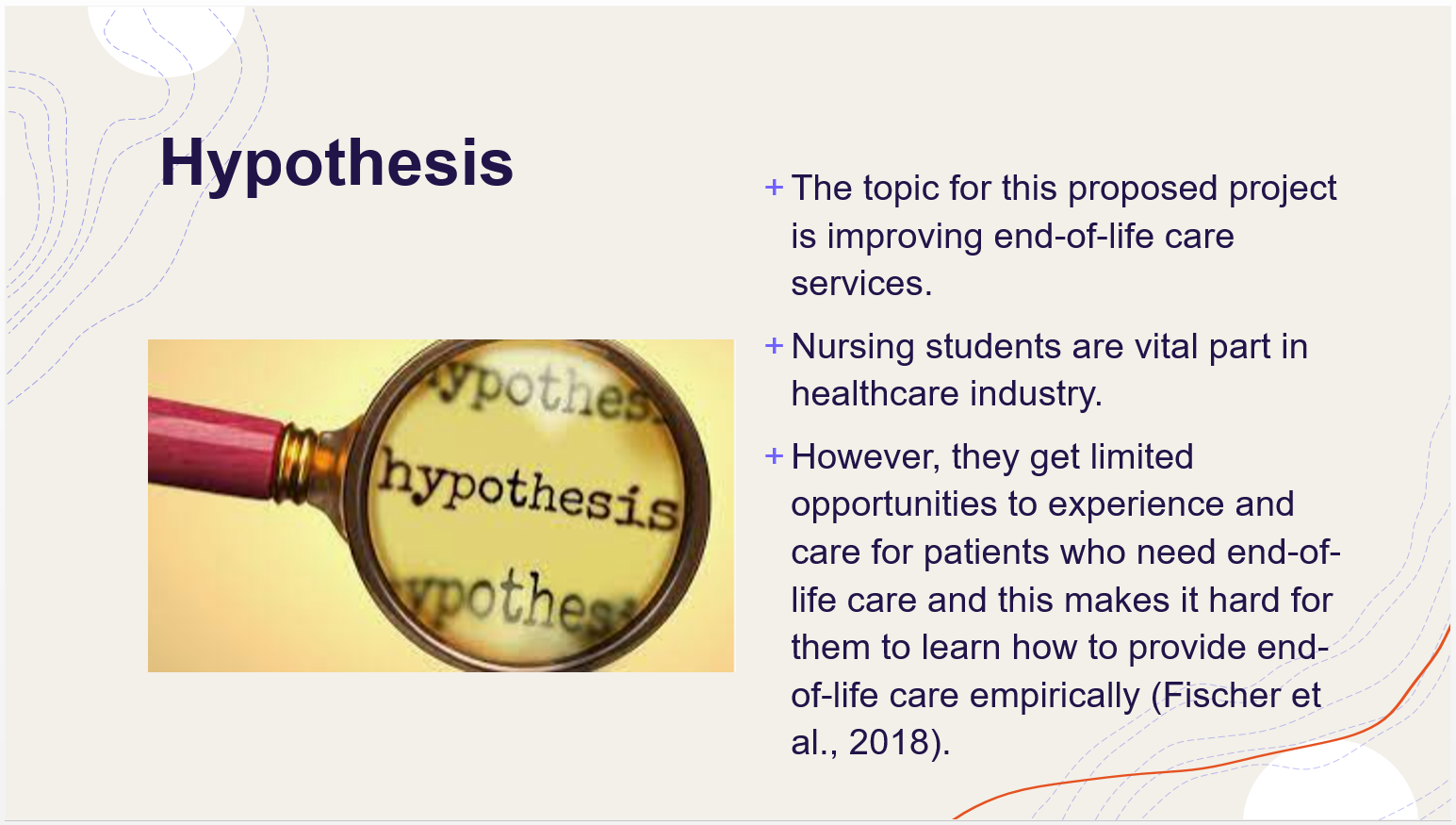Based on what you have learned so far this week, create a PowerPoint presentation with detailed notes for each slide that addresses each of the following points
NINR Strategic Plan and Proposed Study

I agree with these priorities. The priorities aim to improve quality of life of communities and patient care. For instance, disease prevention can reduce cost of care by removing people’s risk of developing diseases. Apart from healing, patients in end-of-life stage need to die in peace and without pain. Healthcare needs future researchers to improve and this is one of the focuses of the NINR. In other words, the NUNR focuses on critical areas in care that will highly improve quality of care in future.

The priorities provide nursing researchers with direction regarding nursing research. The priorities show nursing researchers where they need to focus on when conducting nursing research. For instance, by focusing on enhancing disease prevention and health promotion, nursing researchers can conduct studies on preventable illnesses such as obesity, heart problems, hepatitis B, diphtheria, anthrax, measles, and many more. In summary, the priorities are used by nursing researchers to create purpose of their research projects.

There are three criteria that must be met for a practice to be considered evidence-based. The first criterion is that it must be from best evidence. In other words, the care practice must be supported by recent and available evidence (Horntvedt et al., 2018). The second criterion is that it must supported by clinical expertise. The intervention should be effective clinically for it to be evidence-based. Lastly, the practice must be focused on patient values and circumstances. A practice that is not patient-centered is not evidence-based (Horntvedt et al., 2018).

A patient or population can be said to have received quality care if their desired health outcomes are met. Quality care is also a type of care that ensures patient safety. Patients receiving quality care do not experience medical errors or near miss events. Quality care is also cost effective (Schuelke et al., 2019). Quality care also focuses on improving health and wellbeing of patients and populations. In other words, quality care is effective, safe, patient-centered, and better wellbeing and health.

Quality plays a vital role in evidence-based practice. One of the roles of quality in evidence-based practice is to give direction on what an evidence-based practice should achieve. According to Schuelke et al. (2019), characteristics of quality care include patient-centered, effective, better wellbeing and health, and safe. Evidence-based practices should achieve the four characteristics for them to be of high quality (Horntvedt et al., 2018). Quality improvement improves evidence-based care by providing data that can be used by healthcare professionals to provide evidence-based care.

Educators can use simulations with standardized patients to provide nursing students realistic experience and expertise of end-of-life care (Fischer et al., 2018). It is hypothesized that nursing students who participant in end-of-life care simulations with standardized patients would have self-confidence, skilled performance, and increased knowledge associated with end-of-life care than those who do not.

This theory argues that healthcare professionals to identify patient problems and use them to develop care (Mehraee et al., 2020). Most patients need treatment plan to help them achieve recovery. However, others, especially who suffer from chronic conditions such and renal kidney failure need care to help them have quality life before their end. This project is based on the theory that requires nurses to provide care that is patient-centered